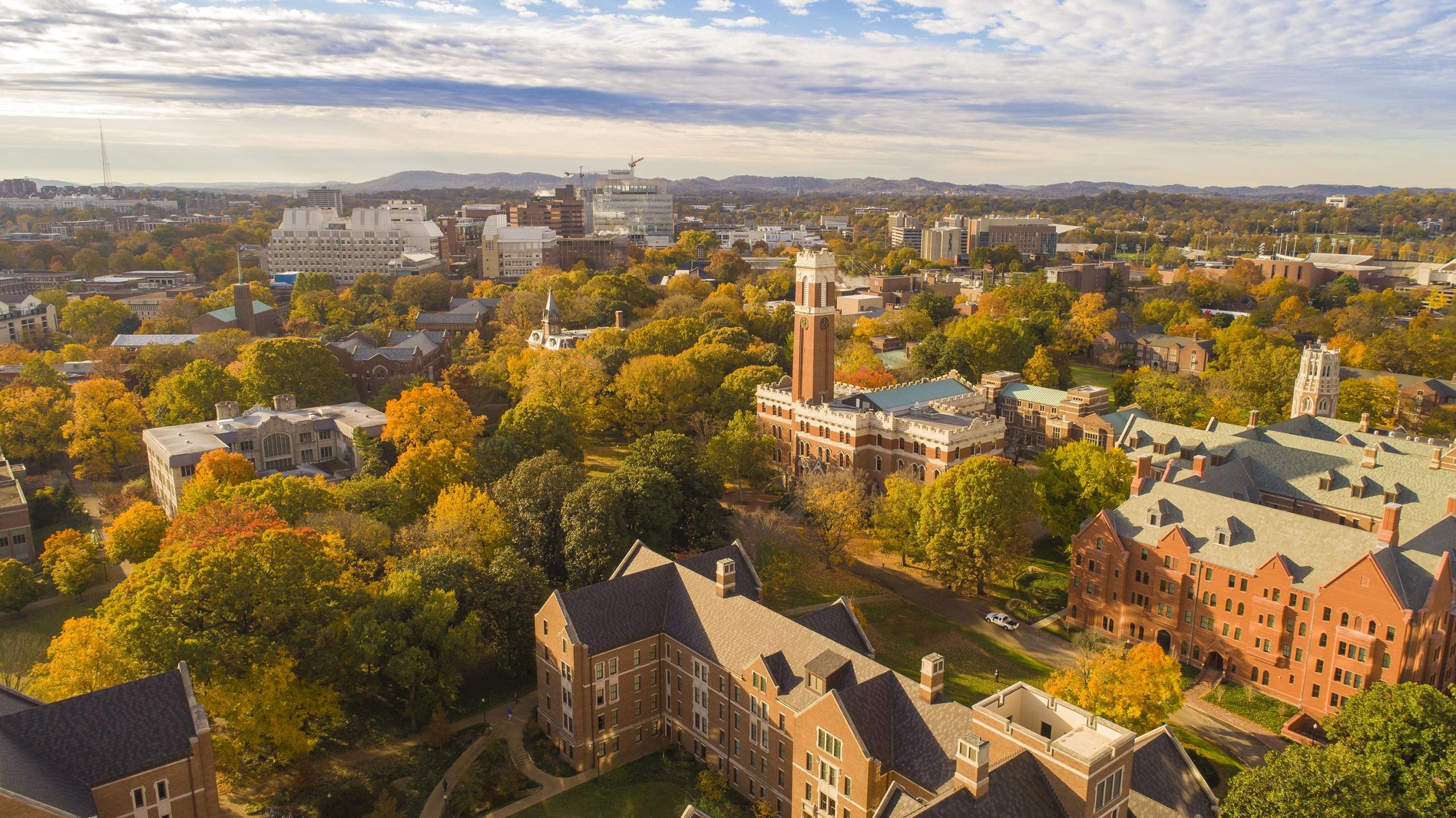
The enthusiasm for degrees in science, technology, engineering, and math (STEM) within the United States has notably escalated in recent decades, marked by significant rises in student enrollment in these areas. Nevertheless, in spite of this trend, chemistry appears to be diminishing in attractiveness relative to other STEM fields. A recent study conducted by Donna Nelson, a past president of the American Chemical Society and a distinguished organic chemist, underscores this issue. Her insights, shared at the American Chemical Society conference in Washington, DC, are founded on data from the National Center for Education Statistics of the US Department of Education.
Between 1997 and 2023, there was a remarkable increase in the number of students pursuing science degrees in general. In 1997, just over 400,000 bachelor’s degrees in science were conferred in the US, and by 2023, this total had nearly doubled to around 800,000. While disciplines such as biological sciences and engineering experienced substantial expansions—over 103% and 93%, respectively—chemistry trailed with a mere 15% growth in bachelor’s degrees.
Nelson’s research indicates that while degrees in biological sciences grew from approximately 64,000 in 1997 to nearly 131,000 by 2023, chemistry saw a modest increase from 10,891 to 12,573 degrees. Undergraduate degrees in engineering skyrocketed to beyond 120,000, indicating a 93% rise, while physics degrees climbed by 79% to 7,528 during the same time frame. This trend is also reflected in doctoral education. In 2023, nearly 54,000 STEM doctorates were awarded in the US, representing an 80% increase since 1997. Engineering PhDs surged by 95%, those in biological sciences by 70%, and physics by 45%, whereas chemistry PhDs rose by 40%, totaling approximately 3,100 in 2023.
The stagnation in the growth of chemistry degrees is worrying to experts such as Derek Lowe, a chemist specializing in drug discovery and a columnist, who points out that, even with overall growth in college attendance, chemistry is losing its proportion of the student population. The rising fascination with biology can be linked to groundbreaking advancements in the area and the lasting influence of achievements like those of Watson and Crick. Engineering continues to draw interest due to its reputation for stability in career prospects, while the growth in physics may connect to its integration into engineering routes.
The difficulties facing chemistry, as suggested by Nelson, could relate to challenges within academic settings or a prevailing belief that significant discoveries in chemistry are largely historical, in contrast to the visible prospects in biology. Positioned historically between fundamental research and practical applications, chemistry struggles to engage new students as effectively as it once did. Those involved in chemistry education may need to revisit their approaches to recruiting students, concentrating on conveying the ongoing opportunities and unanswered questions within the field to inspire the imaginations of future scientists.